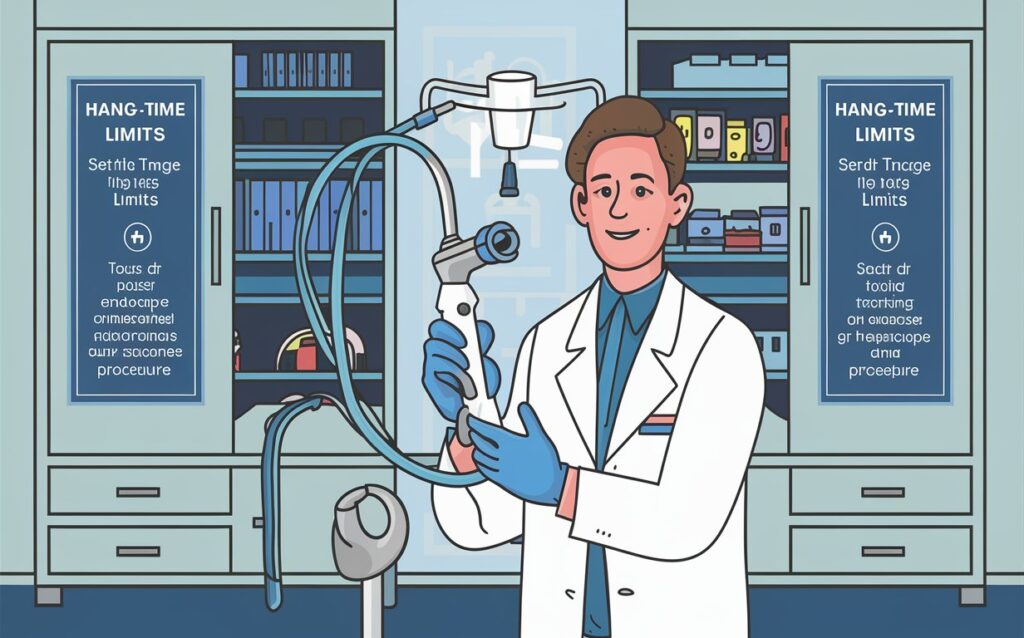In recent years, the management of hang-time limits for flexible endoscopes has become a crucial focus area for healthcare facilities worldwide. With the rise in endoscope-related infection risks, it’s imperative for hospitals to establish clear guidelines and robust monitoring systems to ensure patient safety. In this blog post, we’ll delve into the significance of setting and tracking hang-time limits for flexible endoscopes and explore strategies for implementing effective monitoring mechanisms.
Understanding Hang-Time Limits: Hang-time limits, also known as an endoscope’s shelf life, refer to the maximum duration that a flexible endoscope can remain in storage after reprocessing before it needs to be used or reprocessed again. These limits are essential for preventing microbial contamination and maintaining the efficacy of reprocessing procedures.
Challenges in Establishing Consensus: Despite efforts by various industry and research groups to provide guidelines, consensus on hang-time limits remains elusive. Differing research findings and perspectives have led to a range of recommended limits, leaving hospitals to make decisions based on their unique circumstances.
The Importance of Evidence-Based Decision-Making: In the absence of consensus, hospitals must prioritize evidence-based decision-making when setting hang-time limits. By reviewing guidelines from reputable organizations and considering the latest research findings, healthcare facilities can make informed choices that prioritize patient safety.
Common Hang-Time Limits: While hang-time limits may vary among hospitals, common durations include 5, 7, 10, or 14 days. Some facilities opt for shorter limits, citing an abundance of caution, while others extend the duration based on their operational needs and risk assessments.
Monitoring Hang-Time Limits: Effective monitoring of hang-time limits is essential for ensuring compliance and mitigating risks. While manual methods such as paper tags have been commonly used, they pose challenges in terms of efficiency, sterility, and compliance with regulatory standards.
The Role of Automation: Automation technologies, such as RFID-enabled tracking systems, offer a more efficient and accurate approach to monitoring hang-time limits. By leveraging electronic documentation and real-time alerts, hospitals can streamline endoscope management processes and enhance patient safety.
Continuous Improvement and Compliance: Regular audits, staff training, and ongoing review of practices are essential for maintaining compliance with hang-time limits and ensuring continuous improvement in endoscope reprocessing protocols. By prioritizing a culture of safety and quality, healthcare facilities can uphold the highest standards of patient care.
In conclusion, the establishment and monitoring of hang-time limits for flexible endoscopes are critical components of infection prevention and control in healthcare settings. By embracing evidence-based practices, leveraging automation technologies, and fostering a culture of safety, hospitals can enhance patient outcomes and uphold the trust of their communities.
No related posts.

